
Understanding Technology Tradeoffs in High Efficacy Luminaires presented by Ms. Naomi Miller
LEX Thought Leadership | March 17, 2019 | The Lighting Exchange
As the advertised lumen output of some LED low bay luminaires eclipsed 200 lumens per Watt (LPW), the team at Pacific Northwest National Lab (PNNL) decided to take a closer look at the actual performance of these fixtures and type of visual environment they create. On October 25, 2018, Ms. Naomi J. Miller, FIES, IALD, LC, presented the findings of their 2018 DOE study entitled, “An Investigation into High-Achieving LED Luminaires” and the webinar is now available to watch online.
This 40-minute presentation, Understanding Technology Tradeoffs in High Efficacy Luminaires, explores the key conclusions of the study in which several important characteristics of high-efficacy fixtures were verified and rated by the team at PNNL and a group of local volunteers from the lighting industry. After quantifying the lumen output, power draw, efficacy, uniformity of light distribution, measured luminance, color temperature, and color rendering index (CRI) value, observers also rated the visual comfort of all seven high-efficacy luminaires. Ultimately, Miller and her team confirmed that there really are luminaires performing at 200 LPW and, while the efficacy of these fixtures is extraordinary, it turns out that almost no one feels comfortable standing underneath them.
The seven low-bay, high-efficacy fixtures included in the study varied dramatically in design, performance, and the comfort of the visual environment they created. Some featured exposed LEDs, while others used a diffusor to obstruct a direct view of the light sources. The measured luminance values of the fixtures ranged from 25,000 cd/m2 to over 400,000 cd/m2. While the high-efficacy fixtures were different, almost every observer put the greatest amount of value in the visual comfort and glare control provided by the fixture. During the presentation, Ms. Miller also commented on the shortcomings of the traditional glare metrics when attempting to quantify the glare potential of LED fixtures and the current activities being undertaken to develop a tool that could effectively measure the potential glare of these high-efficacy fixtures.
To watch this FREE presentation and learn more about the trade-offs Ms. Miller and her team uncovered during their study, click here.

